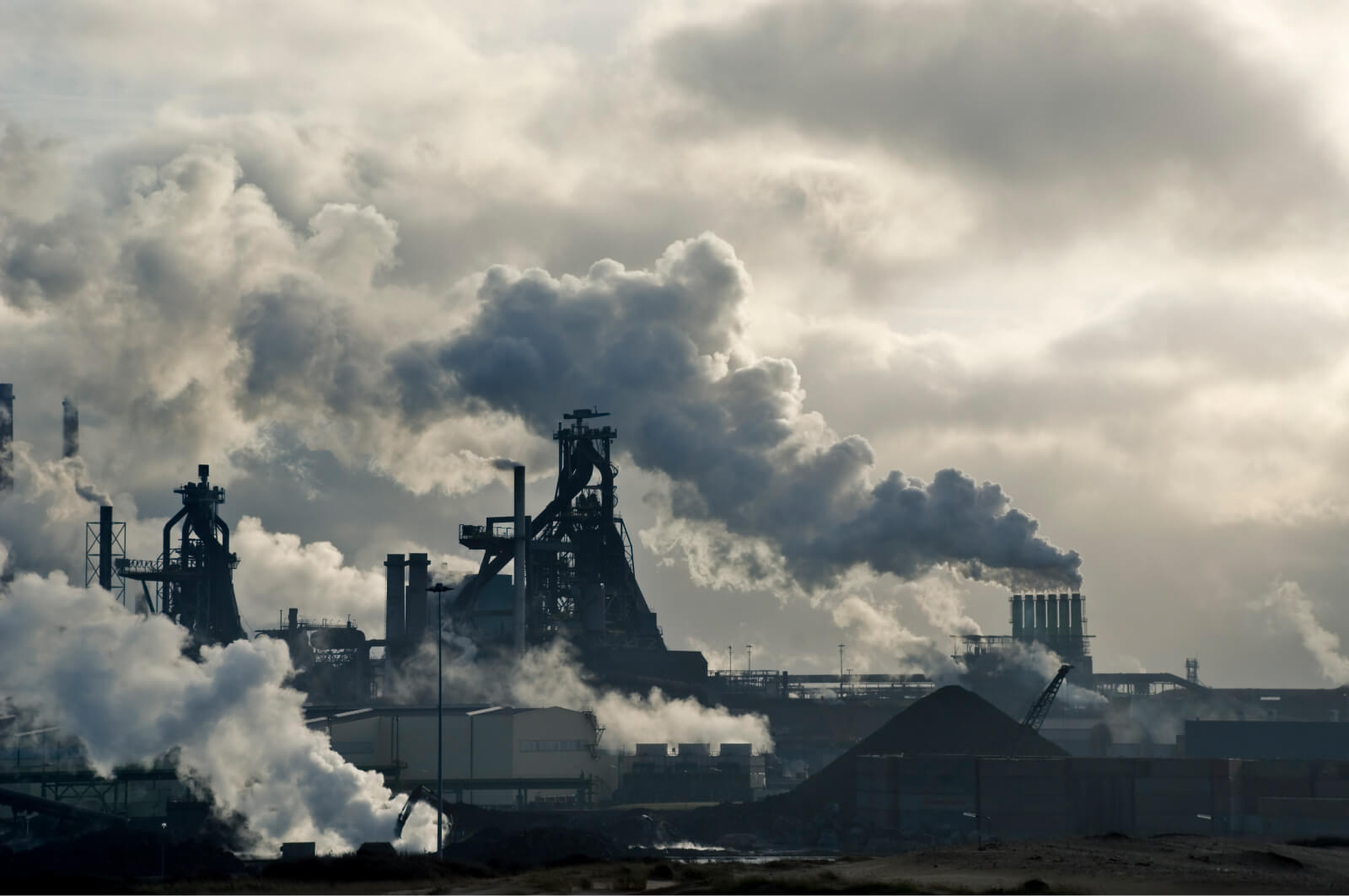
The EU is leading the way with Fit for 55, but is it enough?
Most of the world’s large enterprises still have very high emissions. As we enter into more and more conversations with these leading companies, sustainability is consistently and aggressively on the radar.
In Europe, at least, this comes as no surprise. After all, the European Commission’s recent Fit for 55% measures will support Europe’s climate policy framework and put the EU on track for a 55% reduction in carbon emissions by 2030, and net-zero emissions by 2050. In layperson’s terms, this means that we, as a continent, are setting goals to be CO2-neutral in just 8 years. That’s very ambitious!
However, ambition is what’s needed now. The latest report from the IPCC makes it clearer than ever that we are past the point of asking questions about whether climate change is occurring. It is. What we must contend with now are the questions of what we must do to stop it, and how quickly these steps can be taken. As governments and world leaders prepare to attend the 26th annual UN Climate Change Conference in Scotland this November, the eyes of the world will be looking to Europe for the direction we need to take in the coming years.
One of the primary tools world governments will most likely turn to — and which they are already turning to in the EU — is taxes. There are already talks of imposing a border tax on carbon emissions associated with some imports to the European Union. At the same time, the European Commission is investigating what other steps can be taken to meet the bloc’s goals of 55% reduction in carbon emissions. Needless to say, this will have profound impacts on just about every business on the continent, both large and small.
We understand how overwhelming these new measures can be for companies. Naturally, reducing CO2 goes beyond the supply chain, and companies need to have someone onboard to holistically assess their end-to-end operations. Even so, making improvements in the supply chain can have a big impact — and to achieve those improvements, real-time visibility is critical.
The key to all of these changes is keeping close tabs on the inner workings of the systems you are trying to fix. It’s an urgent challenge, especially for transportation. In 2018, the transportation sector accounted for just short of 30% of total greenhouse gas emissions within Europe. Since then, it’s the only sector whose greenhouse gas emissions have continued to increase — even as the impact from all other sectors has steadily declined.
This points to an urgent need to better understand the source of transport-related emissions within the EU, since you can’t reduce emissions without first knowing how much you’re emitting and where it’s coming from. If you cannot track, then you cannot calculate your impact, make plans for improvement or take steps to reduce your impact. As Frances Edmonds of HP Canada said in a recent FourKites interview, what gets measured in business is most often what actually gets done.
Being able to measure [sustainability] is important, and being able to disclose is even more important, because really, what gets measured gets done in business.
The way carbon emissions are tracked in the future could go one of two ways. The first possibility is that the European Commission will ask the shipper to keep track of the total, overall emissions of all their freight. This is difficult because so many loads in Europe are less-than-truckload, handled by freight forwarders, or otherwise difficult to keep track of via one-to-one systems. The alternative, however, is to have the carrier track the loads. Ultimately, this is the avenue that I believe makes the most sense.
This system, if it’s going to work, relies heavily on carriers to manage, track and improve their carbon footprint — and by extension, that of their large shipper customers. Different carriers will have different requirements, costs and constraints as they work to make their organizations as sustainable as possible. For example, a 30-year-old truck will have different emissions than one that was built in the past few years. Similarly, different modes will require different considerations.
What does this mean for the small and mid-sized carriers who will be serving as the workhorses for minimizing transportation emissions across an entire continent? Especially with the advent of the Euro 7, which mandates stringent exhaust standards and represents the final stage of Europe’s phaseout of fossil fuels, it will be like the ELD revolution in the United States all over again. Now is the time for us to learn from recent history and keep ourselves from making the mistakes of the past.
………………..
Whatever money the European commission makes on these taxes and other initiatives, it shouldn’t go right back into the huge pot of what they’re already spending. Instead, it should go to helping smaller carriers buy newer, more efficient trucks. One of our strategic investors, Volvo Trucks, is currently in the process of rolling out its new Class 8 electric-powered truck, and other companies are quickly developing similar technologies. Imagine the impact of making every truck on the road electric within the next eight years! But we need to help the smaller carriers along if we have any hope of that dream coming true.
Time is of the essence when it comes to taking serious sustainability measures. As we accelerate into a future that is both more sustainable and less dependent on fossil fuels, we must ensure that we don’t drive any company, large or small, out of business in the process. When it comes to the planet, there are no sides. We are all in this together, and we win — or lose — as one.